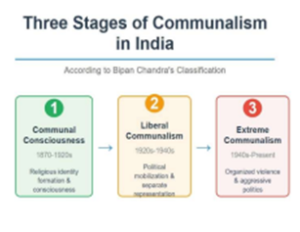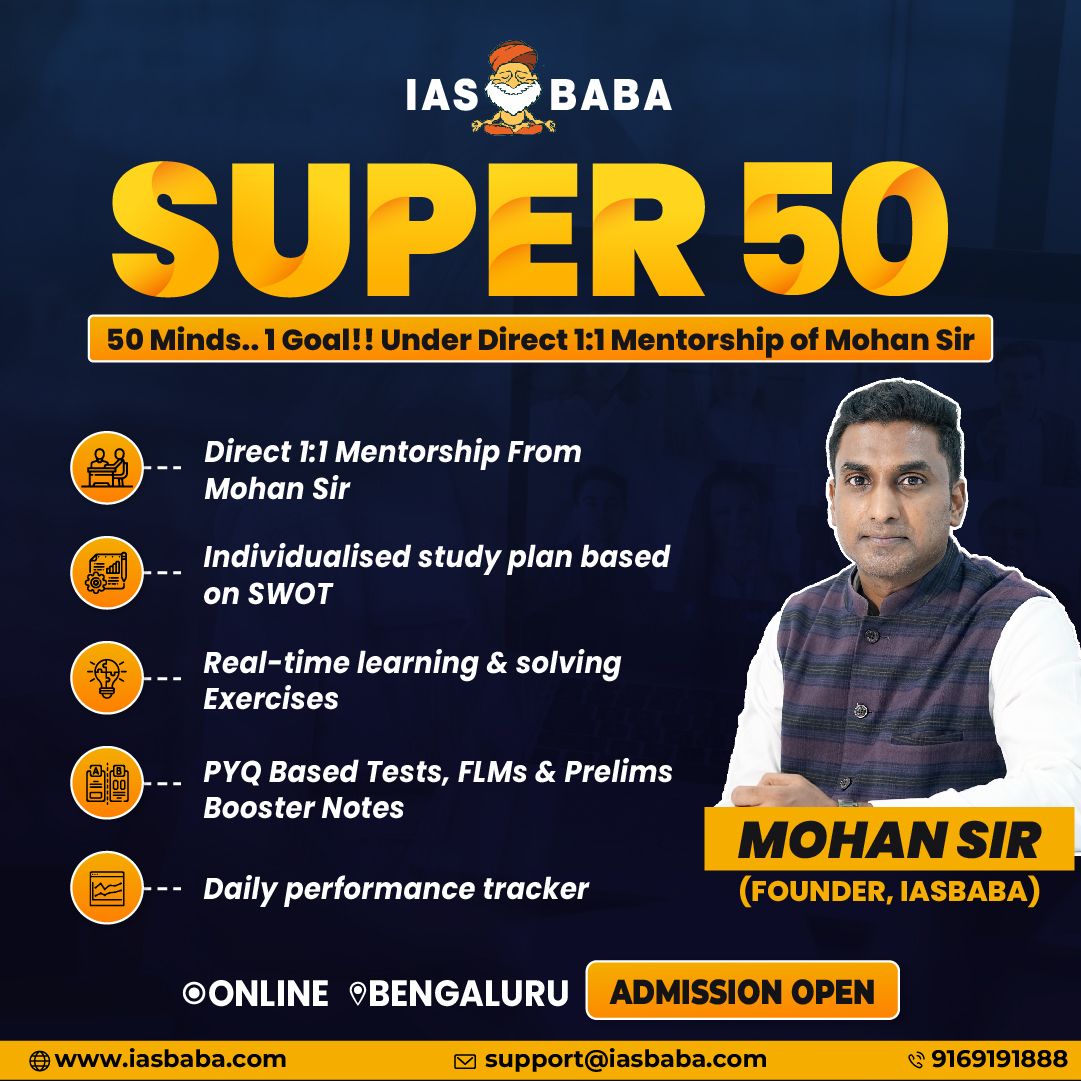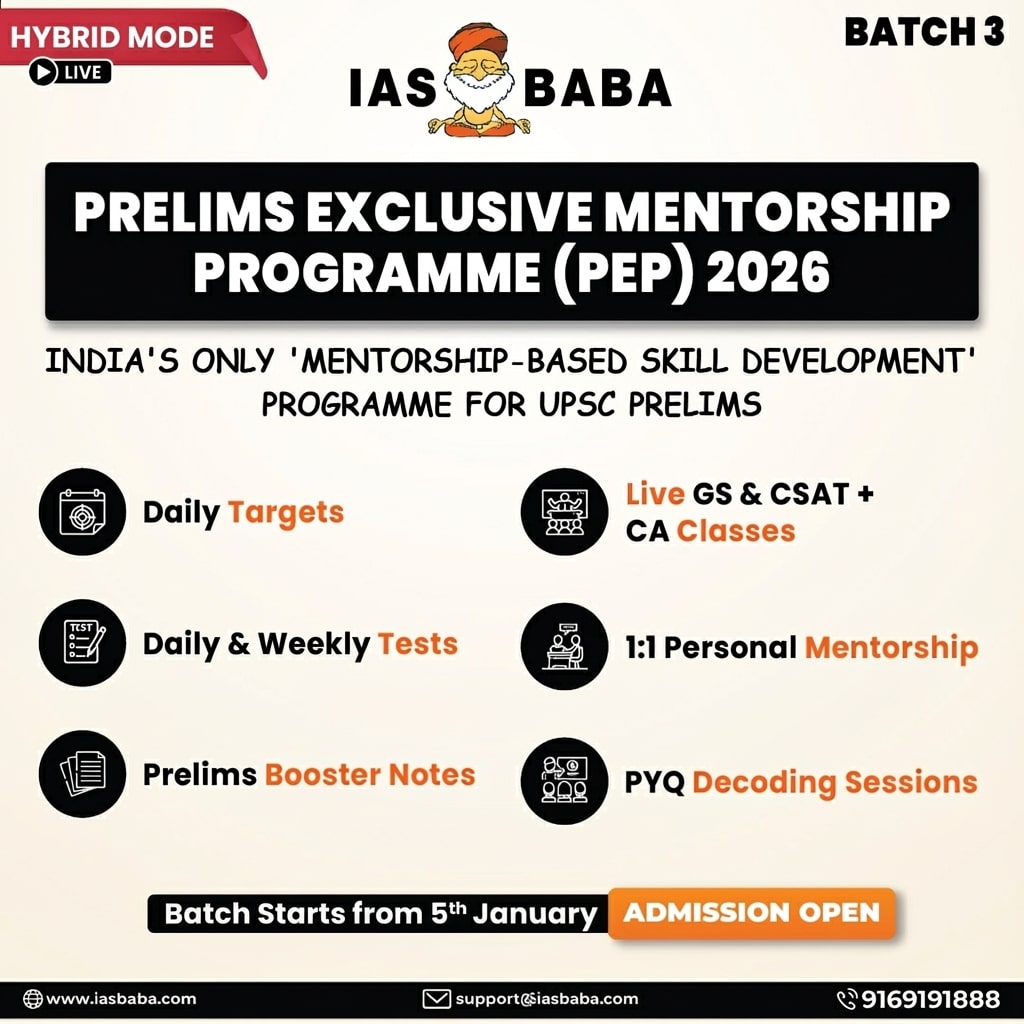Ethics Theory, TLP-UPSC Mains Answer Writing
Q. 1. “Communalism in India is not merely a religious phenomenon but also a political and socio-economic construct”. Discuss with examples and suggest solutions. (150 words, 10 marks)
Introduction
Communalism refers to strong loyalty to one’s religious group, often at the cost of national unity. In India, it is not just religious but also influenced by political strategies, economic insecurities, and social conditions, making it a complex challenge.
Body
Communalism as a Multi-Dimensional Construct
- Political Mobilisation: Parties use religious identities to polarise voters and gain power. Example: The Ram Janmabhoomi movement led to the Babri Masjid demolition and large-scale riots in 1992.
- Economic Competition: Limited resources and unemployment create tension between communities. Example: In areas of Maharashtra, competition for jobs and businesses has sparked conflict between Dalits and Muslims.
- Social Segregation and Ghettoisation: Religious groups often live separately, reducing interaction and trust. Example: Cities like Ahmedabad and Delhi have religious enclaves where segregation limits integration.
- Historical Grievances and Stereotypes: Past conflicts and colonial narratives fuel present-day mistrust. Example: Partition-related memories still influence communal perceptions, especially in northern India.

However, Religion Still Plays a Role
- Provocative Religious Events: Processions and rituals can lead to confrontation in shared spaces. Example: In Bihar and West Bengal, communal clashes have erupted during overlapping festivals.
- Rise of Extremist Elements: Fringe groups use religion to spread hatred and assert dominance. Example: Hate speeches by radical leaders have incited violence in parts of Karnataka and UP.
- Communal Violence: Tensions often escalate into riots along religious lines. Example: The 2020 Delhi riots began with political protests but turned into Hindu Muslim violence.
- Media and Misinformation: Social media spreads rumours that inflame religious sentiments. Example: Fake videos shared on WhatsApp have triggered mob lynchings in rural areas.
Addressing Communalism: Key Responses
- Promote Constitutional Values through Education: Teaching pluralism and fraternity can build mutual respect. Example: NCERT reforms and civic education can include stories of harmony and shared heritage.
- Ensure Fair Policing and Justice Delivery: Neutral and prompt action can reduce communal bias. Example: Peace was restored in Bhilwara due to timely police action and dialogue with both sides.
- Encourage Interfaith Dialogue and Local Engagement: Community events and joint initiatives foster trust. Example: Mohalla committees in Mumbai have helped prevent escalation during tense periods.
- Regulate Hate Speech and Digital Content: Monitoring platforms and spreading awareness can stop false narratives. Example: The IT Rules 2021 and fact-checking efforts like PIB Fact Check work to counter fake news.
Conclusion
Communalism in India is driven by overlapping religious, political, and socio-economic forces. While challenges remain, education, fair governance, and dialogue can preserve harmony. The Sachar Committee rightly noted that inclusive development is key to lasting communal peace.














